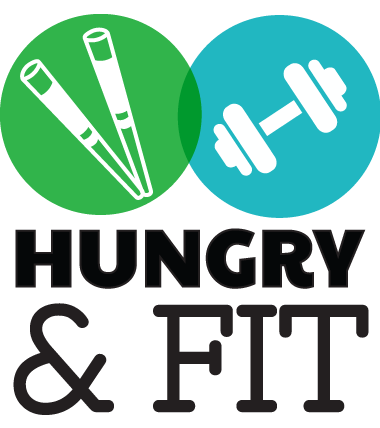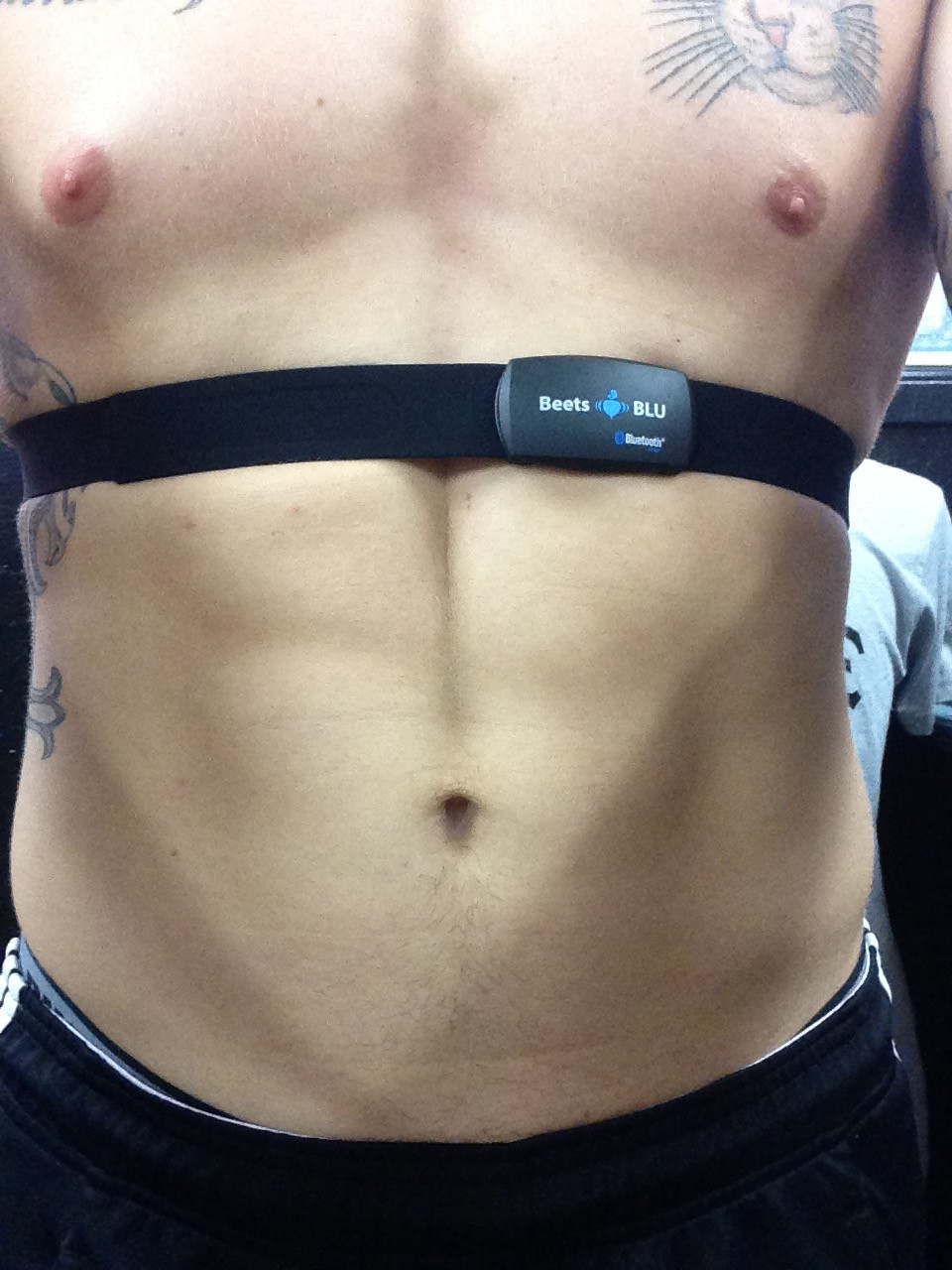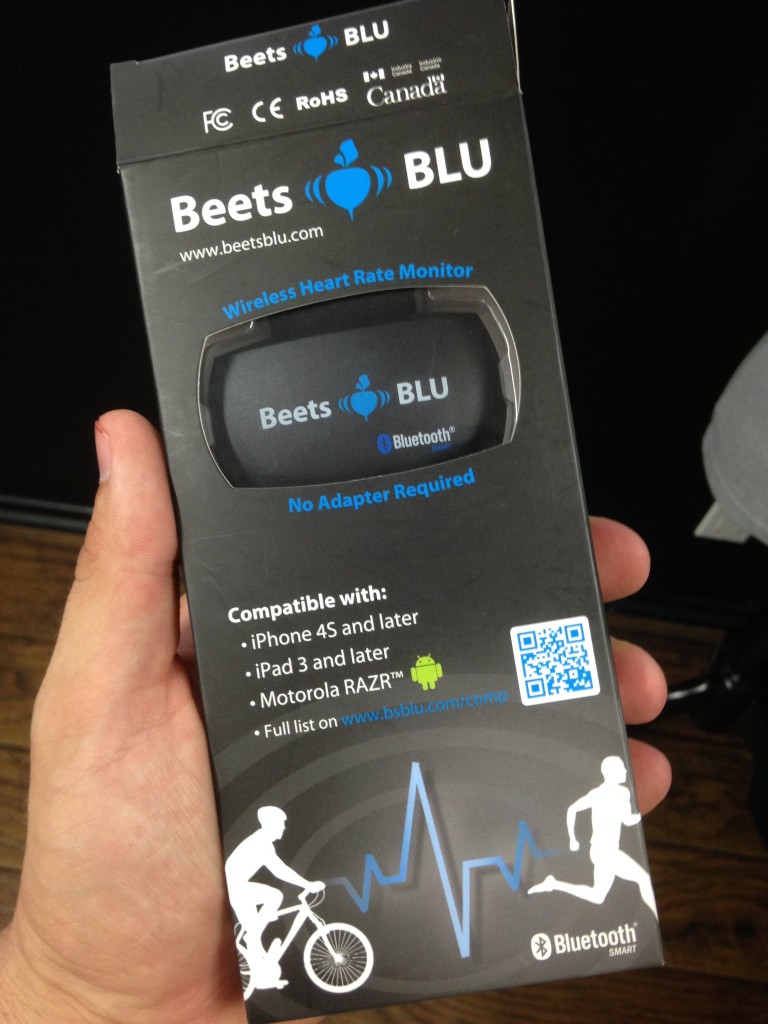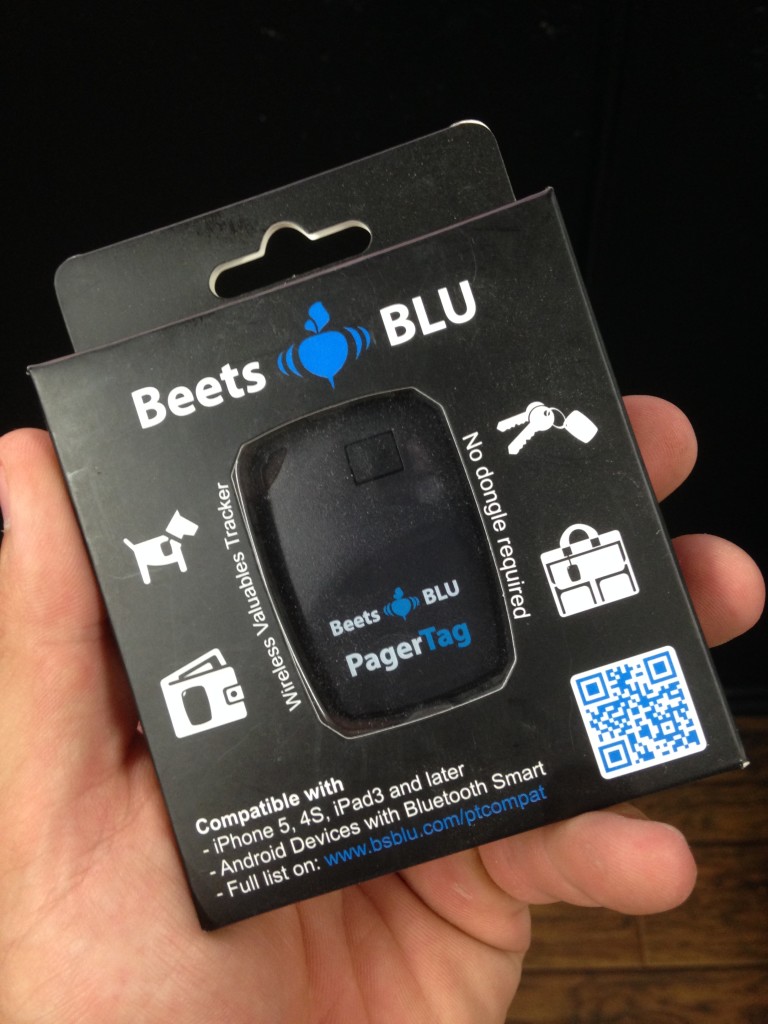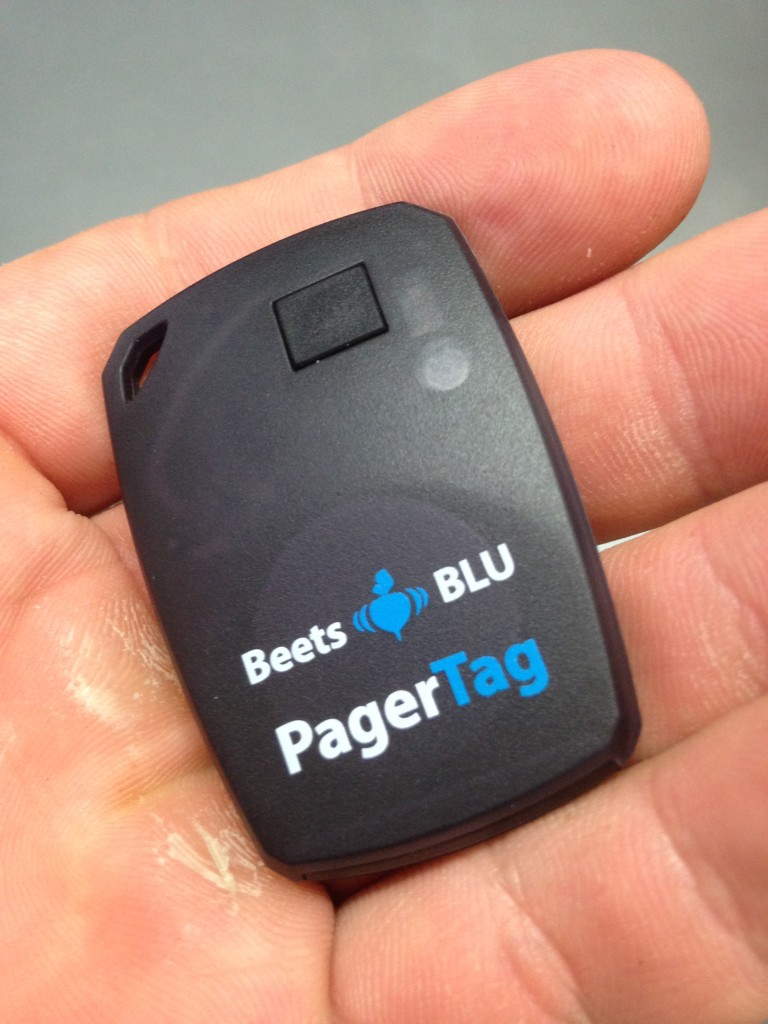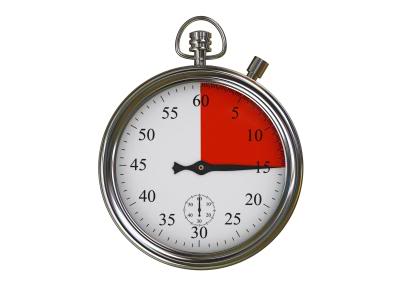There are a few ways to measure whether you’re working hard or not. Well, there are a lot more than a few ways, but there are only so many that are relatively accurate. When it comes to exercise, the best way to measure progress is over time. We can watch our strength and conditioning grow as we can do more pull-ups or as we can see more abs in the mirror. As our mile time decreases and our lean muscle mass increases, we receive positive feedback from our body and it feels good. But what about during that painful workout? What can keep you going during the hard times?
Let’s go back to the first statement made in this post and reconsider the two most popular options. The first one is called perceived exertion, which basically makes you subjectively rate how hard you’re working on a scale of 1-10, or 1-20. It usually takes me a few minutes to explain it enough to your average fitness enthusiast before they get the general idea. It could take them weeks, months, or years at that point to fully understand it and apply it. It’s not reliable enough for most people. It’s too qualitative and not quantitative enough because of its subjectivity. So what is the second option?

Keep track of your heart rate. If you can multitask, by all means, please find an appropriate place to feel your heart beat. Then try to count how many times it beats in 20 seconds, and multiple that by 3 to get your heart rate. Sure, you can also count it for 15 seconds and multiply by 4 but don’t sit there counting every beat in a minute because your heart rate will drop significantly by the end. Also, don’t use the clock in the gym or anything analog because you’ll just end up mixing the two counts and think your heart rate is 300 beats per minute. Oh wait, I guess I could let you know there’s an easier way. You could buy a heart rate monitor.
You could buy an inexpensive, low profile, and durable heart rate monitor that does all of that for you. Find one that won’t break down or malfunction when it’s sweaty. Make sure it doesn’t take up too much space in your bag, but also isn’t so small that you’ll lose it easily and risk getting out of the habit of monitoring your heart rate. On that note, size will also dictate whether it’s comfortable and you’ll need it to be comfortable. Please don’t spend more than $100 on it; especially if it’s nothing more than a heart rate monitor.
Finally, make sure it uses universal methods for transferring data and charging. USB, batteries, and bluetooth seem to be sticking around for a while. How many people have MP3 players that aren’t broken, but they can’t update or charge anymore because of system updates? I have about five; thanks Apple. Our suggestion right now is Beets Blu Heart Rate Monitor. It uses Bluetooth so it’s wireless; it uses batteries that hold a nice long charge; it’s attractive if you care; it’s durable enough to have survived a whole month so far in my gym bag. Most importantly, it’s accurate and it will provide you the information you need to make sure you’re putting in the effort to get results and reach your goals.
If you have any questions about perceived exertion, what your target heart rate should be, or our experience with the Beets Blu Heart Rate Monitor, please leave a comment below because sandbagging (aka slacking) is not a way to get hungry and fit! Making sure you’re in the right target heart rate zones, pushing yourself to 85% of your max heart rate (if you should) is definitely a way to get hungry and fit! If you want to find out more about Beets Blu check our their Facebook, Twitter, Pinterest, or Google Plus.
